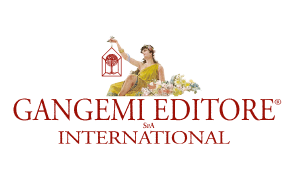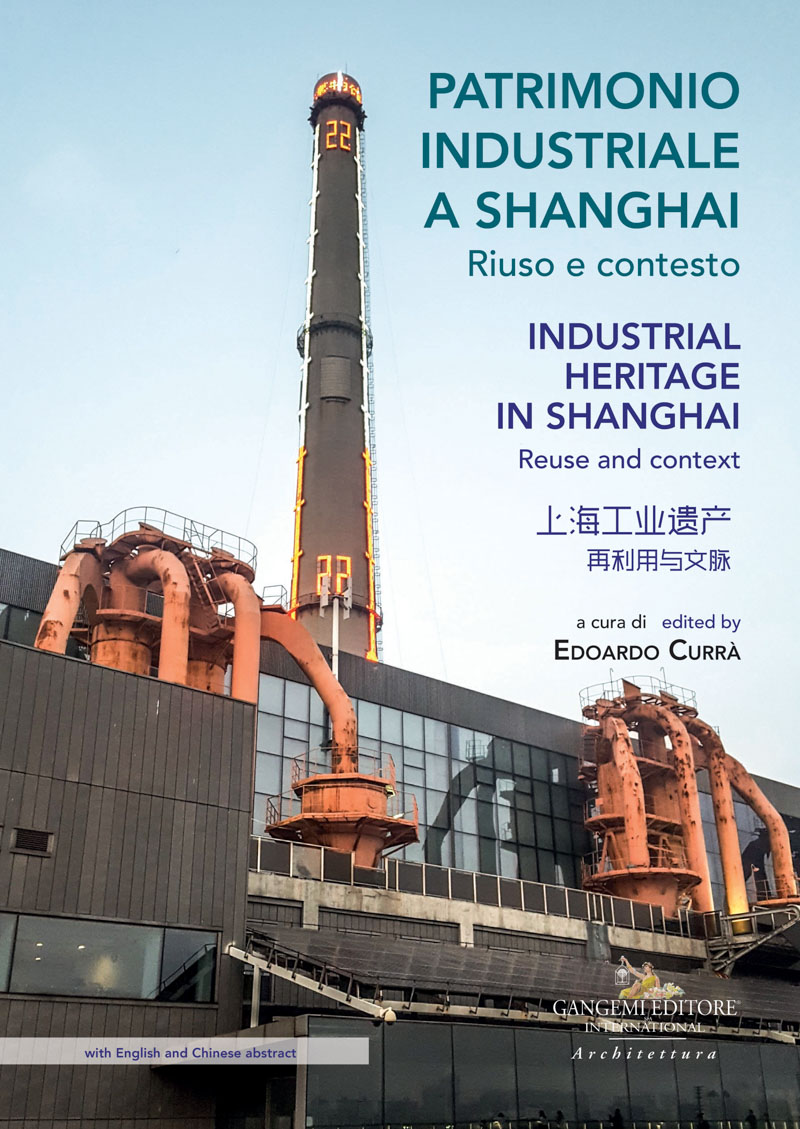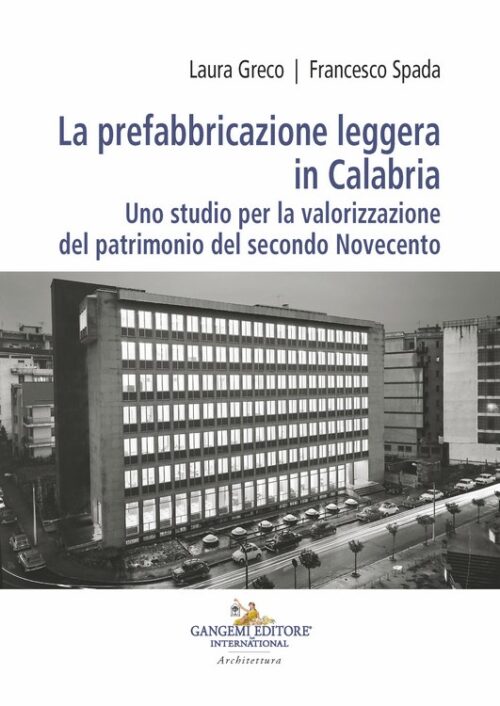Patrimonio industriale a Shanghai – Industrial heritage in Shanghai
Riuso e contesto - Reuse and context
A cura di: Currà Edoardo
Autori: Cappuccitti Antonio, Currà Edoardo, Paolini Cesira, Pugnaletto Marina, Russo Alessandro, Conghui Zhou
Italian text with English/Chinese abstracts
Formato: 17 x 24 cm
Legatura: Filorefe
Pagine: 144
Anno edizione: 2019
ISBN: 9788849237108
EAN: 9788849237108
UB. INT. : T445C V05f
Contenuto
Alla metà degli Anni Trenta Shanghai era già la principale città industriale della Cina; le fabbriche e gli opifici occupavano il suo tessuto più periferico, fatto di canali e case operaie, e quello centrale, dove la city si era consolidata maestosamente sul Bund, il lungo fiume delle concessioni che lambisce anche la città imperiale. Nella struttura urbana attuale emerge ancora con forza la particolare configurazione policentrica della città storica, che riflette con chiarezza la struttura economica, le classi sociali e le diverse culture che l’hanno generata. Tali elementi si collocano oggi in rapporto ad una megalopoli che nella parabola degli ultimi trent’anni ha ritrovato rapidamente la collocazione commerciale e produttiva di un tempo. Primo terminal portuale del mondo per circolazione di merci, Shanghai porta tale primato nella sua ennesima fase di maturità. Contestualmente cresce l’interesse per il patrimonio storico che, nelle sue diverse accezioni, rappresenta il fi le rouge sotteso tra le diverse stagioni di fioritura della città. Esigenze ambientali e patrimoniali hanno posto le aree industriali urbane al centro di importanti fenomeni di rigenerazione. Il volume investiga la natura del rapporto tra industria e città storica ed esplora il contesto entro cui maturano i primi riusi, offrendo le basi per una lettura critica delle esperienze attuali.
In the mid-1930s Shanghai was already China’s main industrial city. Its urban fabric, innervated by a dense network of canals, was dotted with industries from the suburbs to the center of the city, as far as the financial city on the Bund. The polycentrism that characterises the current urban structure reflects its particular economic, social, and cultural history. Shanghai, in this umpteenth phase of maturity, consciously lives this legacy. The interest in the city’s historical-industrial heritage is growing; in its various incarnations it represents the common thread running through the different seasons of the city’s flowering. Environmental and heritage needs have placed urban industrial areas at the center of important regeneration phenomena. This book investigates the nature of the relationship between industry and the historical city, and explores the context of the first practices of reuse, offering the basis for a critical reading of current experiences.
Con presentazione di with presentation by Carlo Cecere; con saggi di with text by Antonio Cappuccitti, Edoardo Currà, Cesira Paolini, Marina Pugnaletto, Alessandra Russo, Conghui Zhou.
Parole chiave
Condividi su













